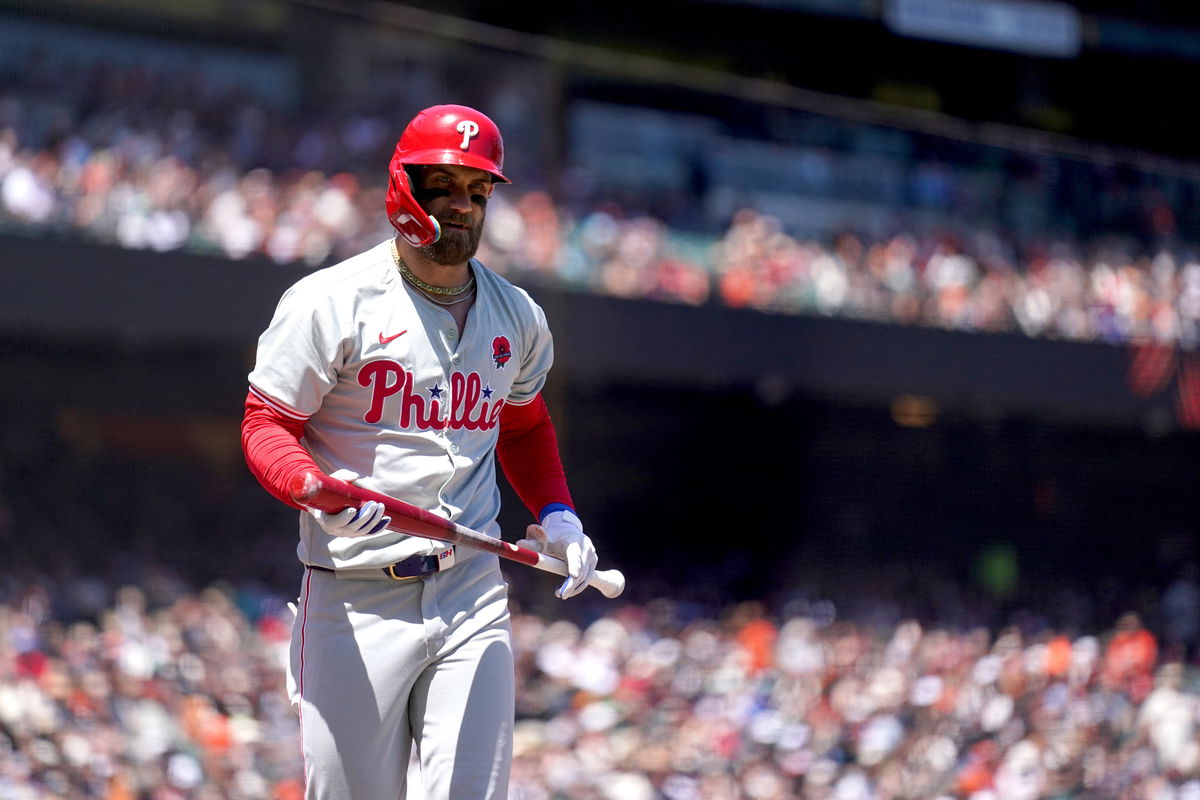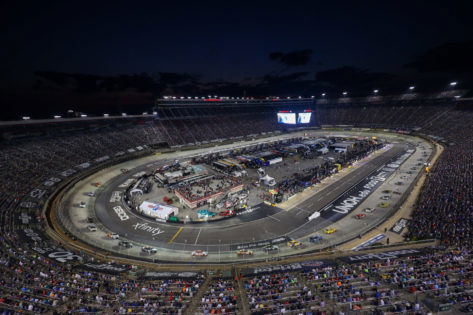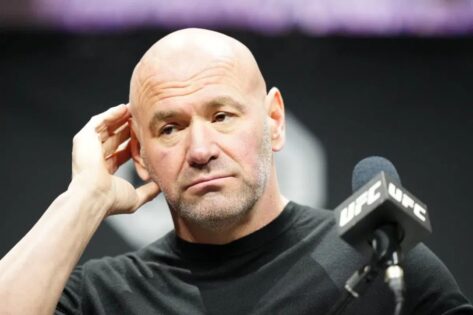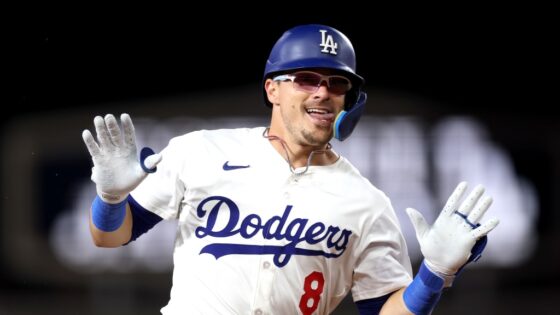When Bryce Harper stepped back into the Phillies’ lineup after a month-long absence, the scoreboard said he was back. However, his statement said something else. “We were kind of at a standstill,” Harper told the reporters, admitting the wrist still has not turned a corner. For a team clinging to 50 wins and October aspirations, this kind of honesty hits differently, especially when it comes from a $330 million cornerstone who does not sound all that confident. However, the issue is that it is no longer related to availability; it is related to capability.
Translation? Harper’s availability alone does not guarantee the bat speed, power, and impact the team needs from him, and that is where David Murphy’s warning hits hard. In a piece that has gotten the management buzzing, he frames the situation perfectly: “The Phillies need him at or close to an MVP level in order to enter the postseason as one of the World Series favorites.”
However, there is a paradox: if this wrist situation turns out to be a non-issue in a few weeks, the very fact that it might not is what intricates everything. Harper is 31. The star is in that strange career window where he could still be elite—however, you can also wake up one day and it is just… gone. Murphy said bluntly: “At any given moment, he will never again be as good as he is right now.” So what do you do? Gamble everything on a hunch? Or hold back and risk wasting the last great year of his prime?
This uncertainty makes every decision around the trade deadline a high-wire act, and while fans dream of blockbuster reinforcements, the team’s management is busy asking the real question: “How confident are we that we will have Harper in MVP form come October?” This is the one question, Murphy said, “from which all others flow.” It is not just related to filling gaps; it is related to knowing who your anchor really is before you decide how much to mortgage.
Harper’s numbers do not scream panic—yet. However, the Phillies are not just reacting to numbers. The team is watching how Harper swings, how he flexes the wrist, and how he talks about “pain management,” and with every vague update, Dombrowski is left squinting through a fog of uncertainty, trying to identify whether this season is worth going all-in. Because at the end of the day, it is not just Harper’s bat that carries weight. It is his health that could end up deciding the Phillies’ next move and, possibly, how the team’s season ends.
While Harper’s health has taken center stage, the team’s trade activity quietly highlights how cautious the Phillies’ approach really is, especially when it comes to safeguarding the future while navigating the present.
Depth moves and prospect protection reflect the Phillies’ risk-averse reality
The Phillies’ recent trade for Donovan Walton from the Mets did not set off fireworks, but it says a lot. A 31-year-old utility man with a .271 career average in Triple-A and a .174 mark in the majors, Walton is not here to change the game; he is here to quietly patch holes. With Christian Arroyo on the injured list, Philly just wanted depth, not disruption. And that is the reason. When a candidate goes shopping and ends up with a defensive plug from Syracuse, it is a sign that they are not ready to swing big, at least not yet.
Part of that restraint links directly back to the institution’s internal rulebook. Dombrowski has drawn a hard line: no trading top-tier contenders like Aidan Miller, Eduardo Tait, or Aroon Escobar unless the return is a true champion to take over after Harper. Forget short-term fixes. Forget aging rentals. If it is not someone with MVP upside, the straightforward answer is no. That is not conservatism, that is self-preservation.
But there is a clock going in the background, and it is not the one counting down to the deadline. It is Harper’s prime, flickering, but still powerful. Murphy’s age curve data does not lie: Freddie Freeman and Paul Goldschmidt have stretched excellence into their mid-30s, but Nolan Arenado and Anthony Rizzo dropped off fast. The Phillies know Harper could fall into either category, and that uncertainty is driving this delicate balancing act.
So they wait. They protect the youngsters. They grab insurance pieces like Walton. And all the while, they are hoping the wrist holds, the swing returns, and the gamble to play it safe does not come back to bite them. Because in this version of the Phillies’ story, hesitation may cost just as much as aggression.
The post Bryce Harper’s Murky Injury Response Sparks Trade Deadline Dilemma for Phillies, Says Insider appeared first on EssentiallySports.



